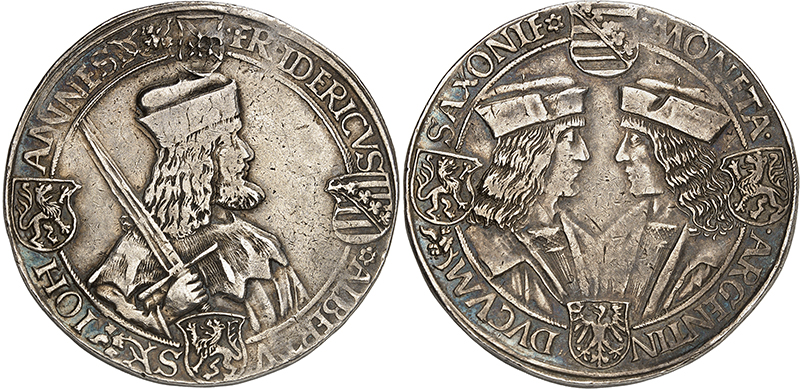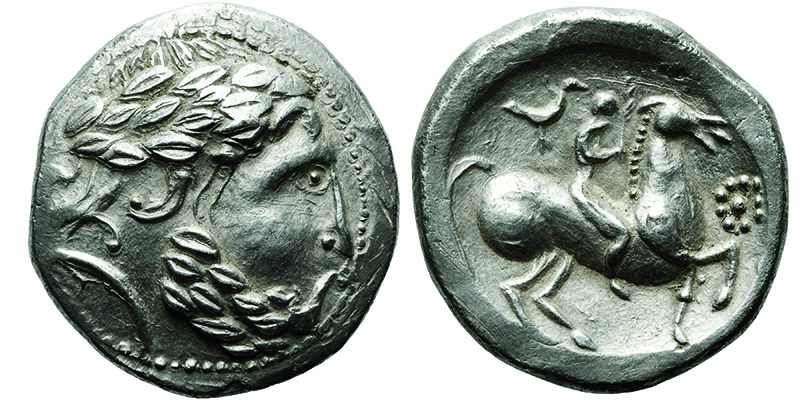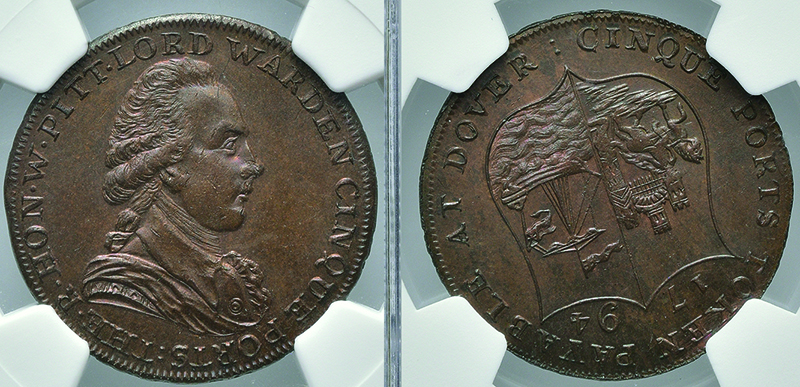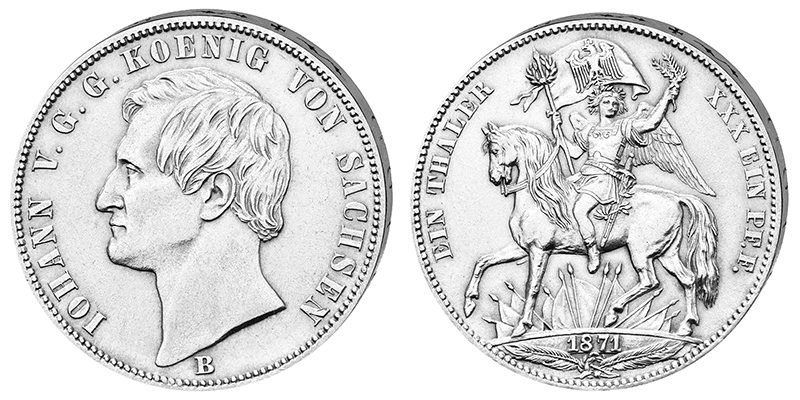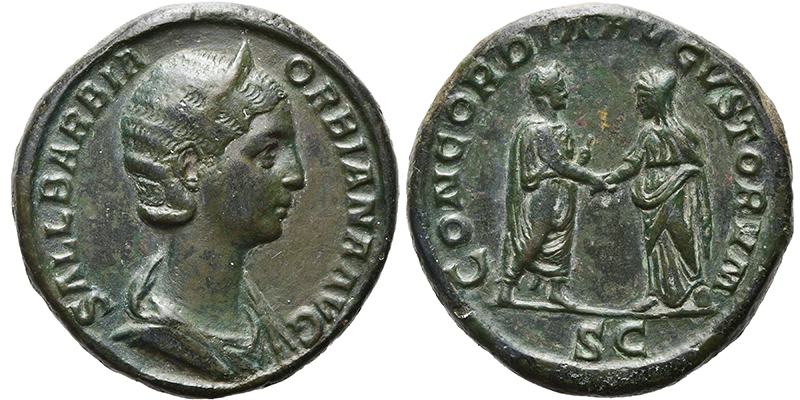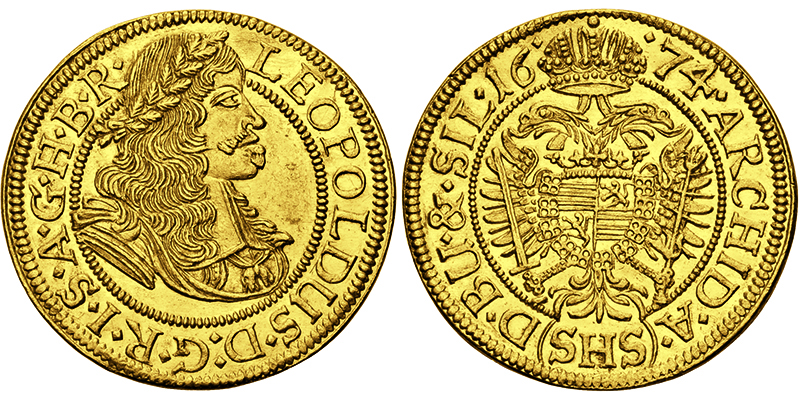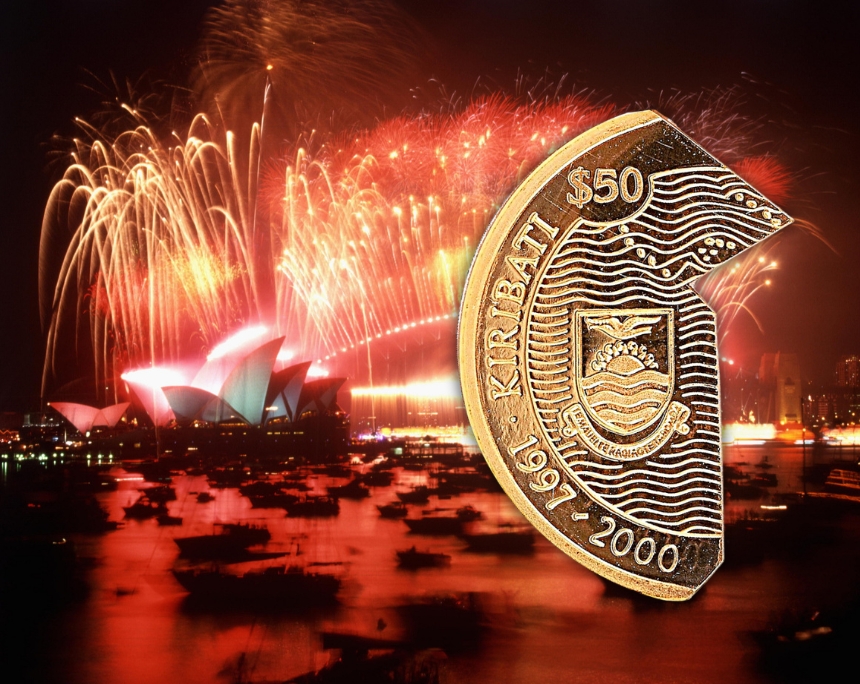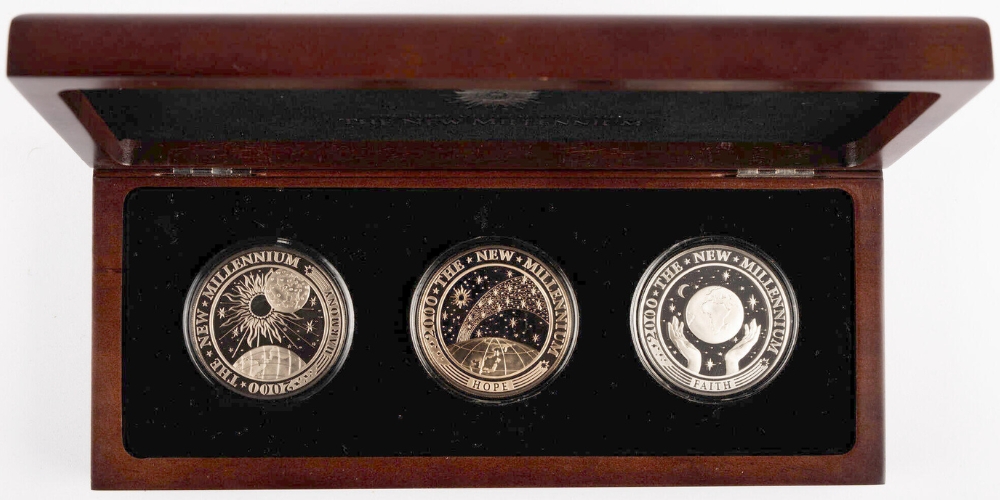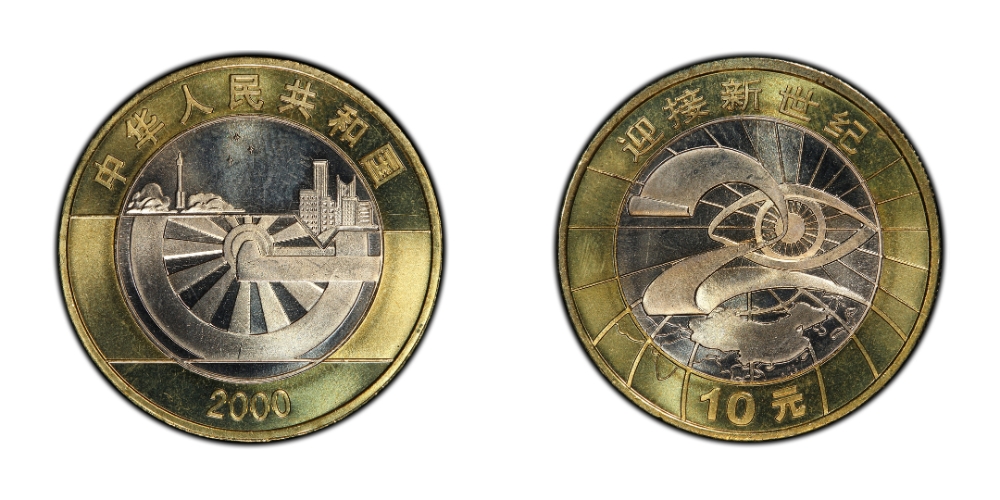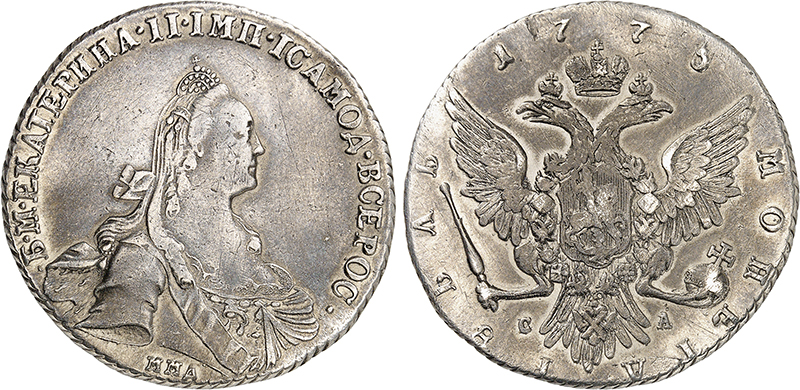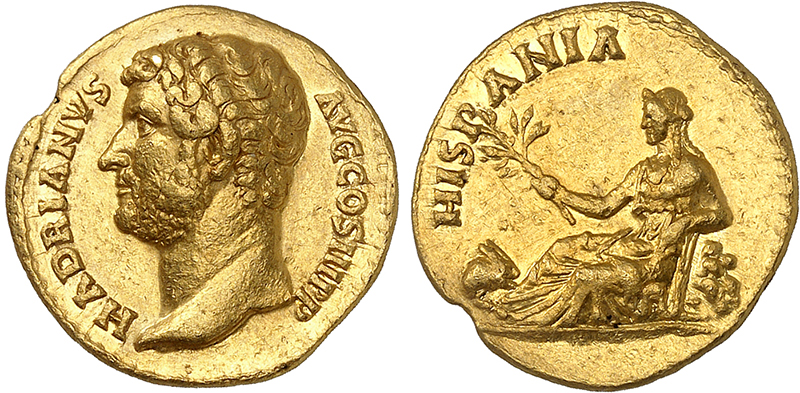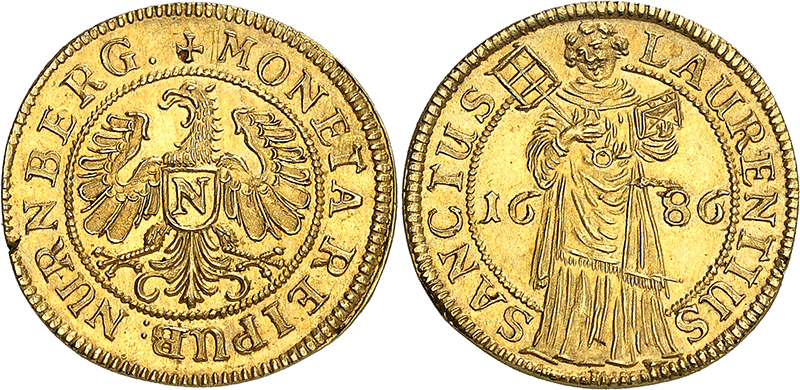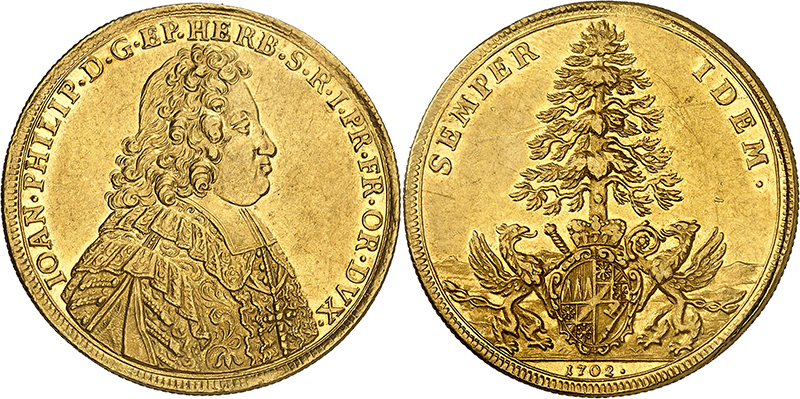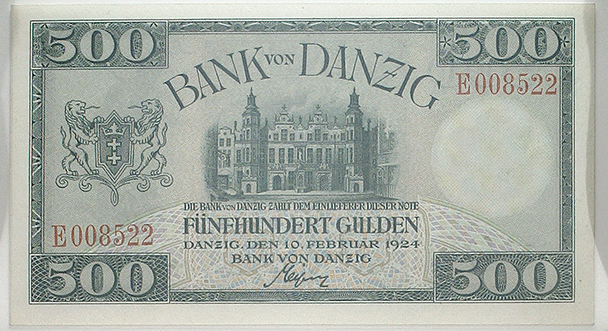1/2 Reichstaler 1621,
under Wilhelm V of Hesse-Kassel as administrator.
Condition: ef+
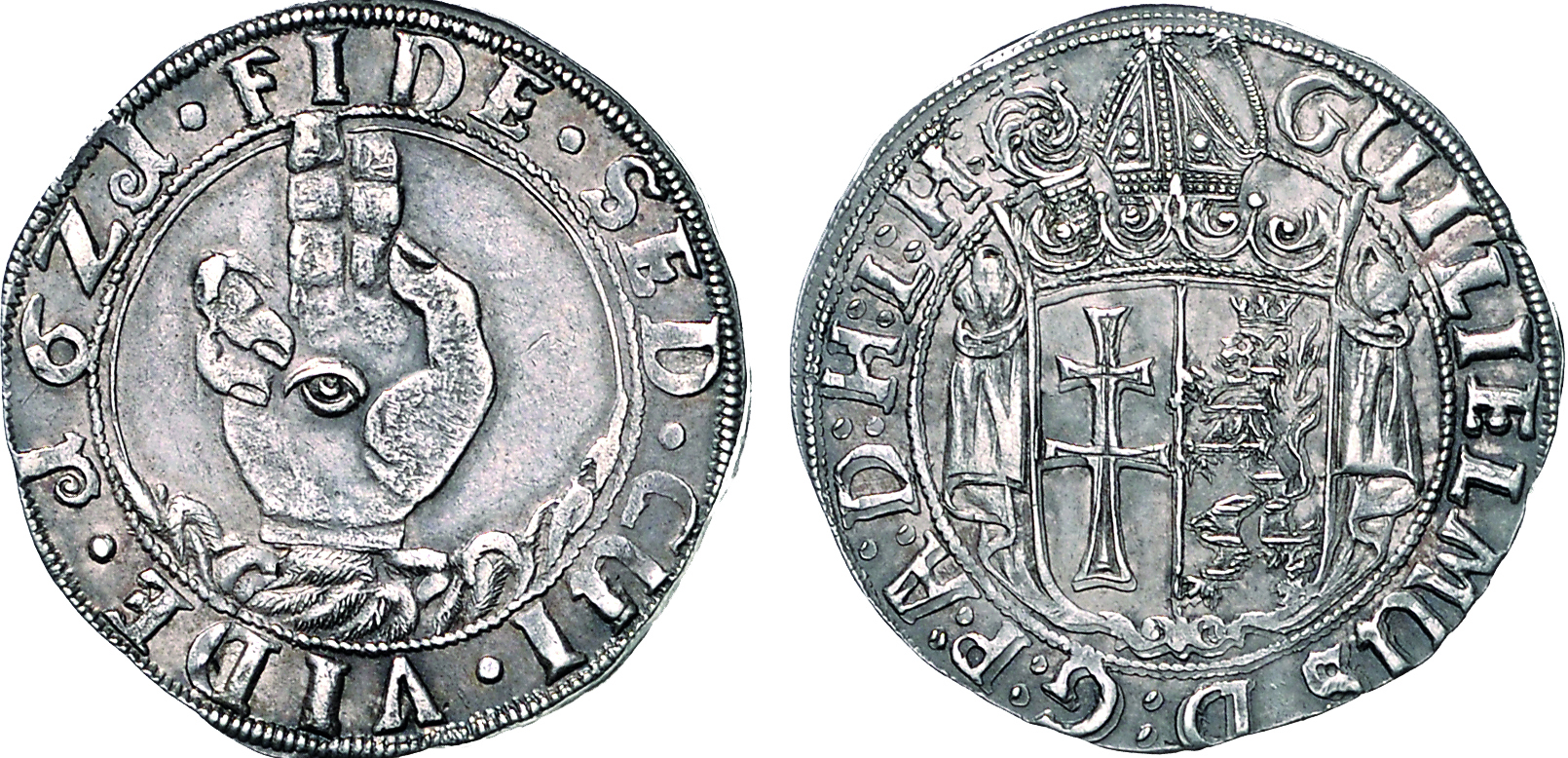

city of Besançon,
3 Pistols 1666 with title Charles V.
Condition: CH UNC
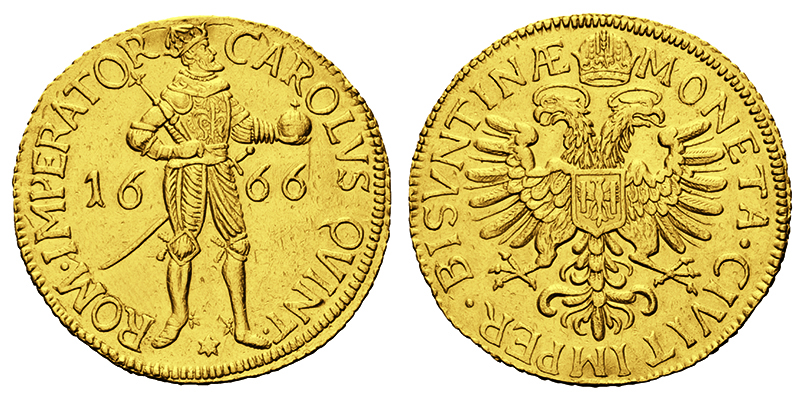
Bavaria, Chaise d'or (imperial shield)
1328-1347 under Emperor Louis IV.
Condition: ef
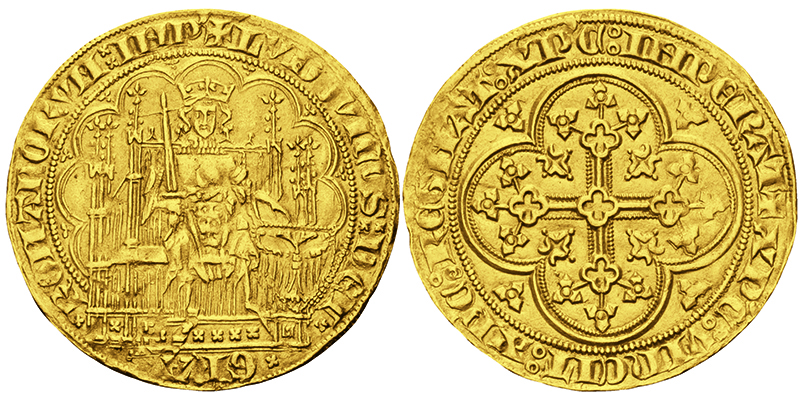
Reichstaler 1654-1668
under Count Guidobald von Thun.
Condition: vf-ef
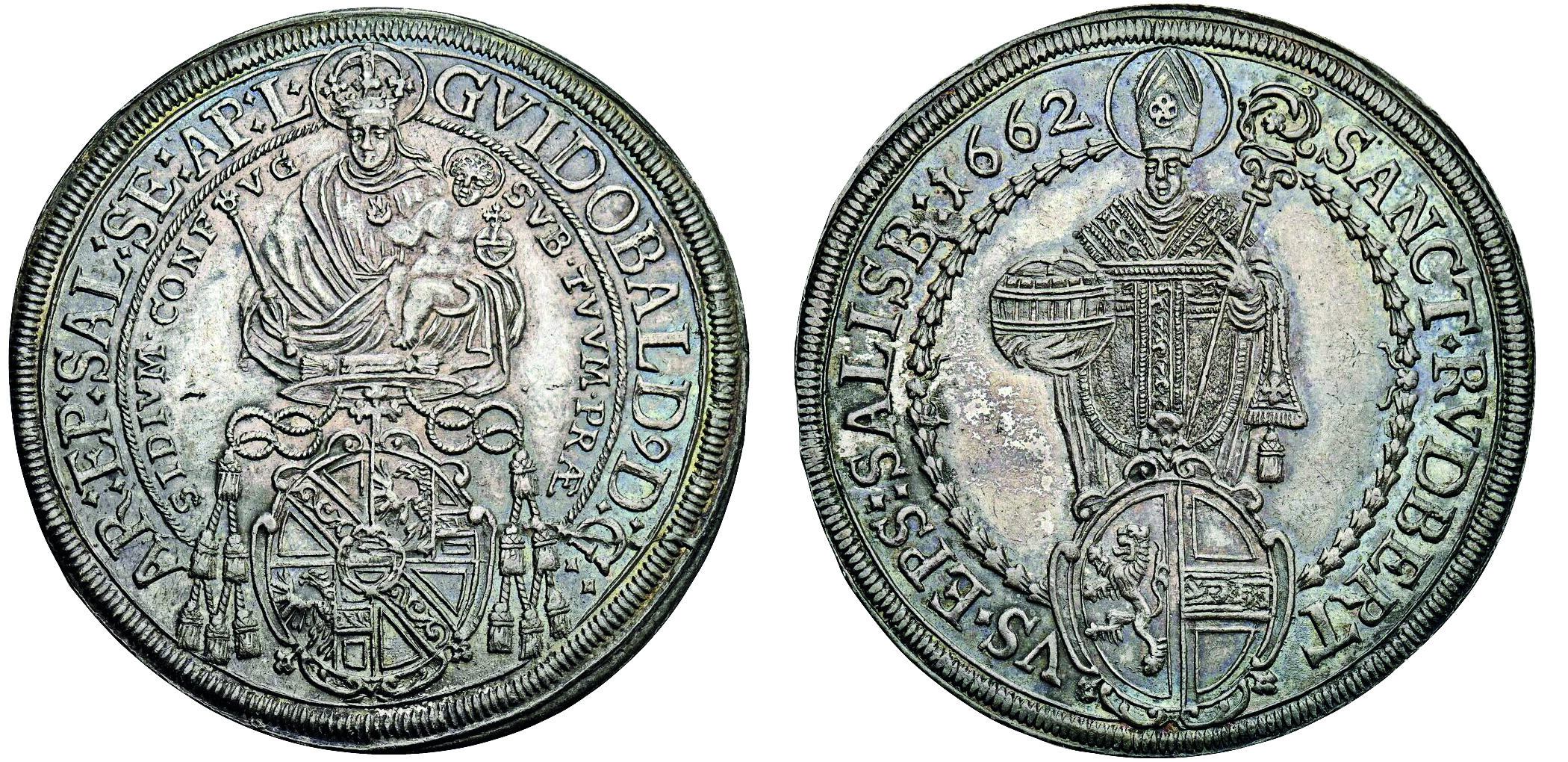
Solidus (491-518)
under Anastasius the righteous.
Condition: vf-ef
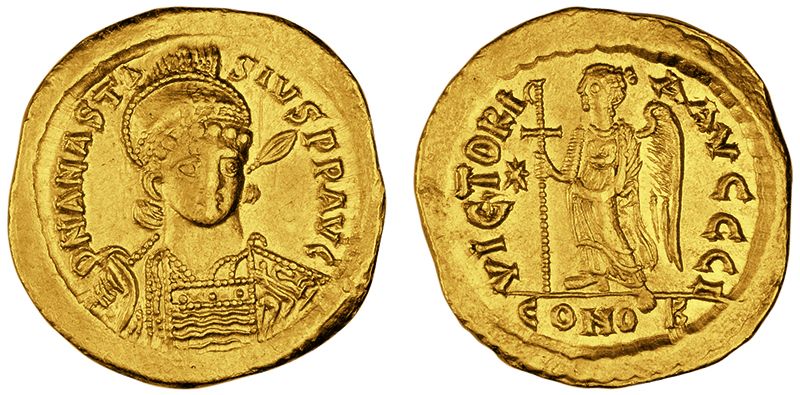
25 Years Ago: Millennium Coins and the Dawn of a New Era
By Sebastian Wieschowski
At the start of the year 2000, anyone looking to make new friends—or even enemies—could do so with a simple trick: just claim that the new millennium didn’t actually begin on 1 January 2000.
Content
Using the intellectual trump card that the counting of years began with Year 1, not Year 0, one could argue that the third millennium actually started in 2001. Most people, however, chose to ignore these pedantic objections and celebrated the arrival of a new “millennium.” Cities around the globe hosted spectacular fireworks and events, with stunning light displays in Sydney, New York, and London.
The Present: Symbolism of Time
In the numismatic world, too, a new era began a quarter of a century ago. For the first time, coins from countries using the Gregorian calendar featured the numeral “2” at the start of the date. The theme of “time” was embraced by numerous countries, as seen in the Millennium Crown and Commonwealth series.
Britain launched a series in 1999, involving 24 Commonwealth nations. The “Millennium Crown” depicted the outline of the British Isles with a clock hand set to Greenwich.
Remarkable examples of time-themed coins include Gibraltar’s titanium coin and a digital coin from São Tomé and Príncipe—both emphasising the concept of timekeeping. The latter displayed a countdown to the millennium, then reversed the count afterwards.
The year 2000 also played a central role on various African commemorative silver coins, often combined with a world map placing the African continent at its centre, as seen on the 1998 10,000-shilling coins from Somalia and the 500-franc issue from Chad—perhaps a subtle cry for recognition of the “forgotten continent”?
The Future: Design Innovations and Technological Progress
Coin collectors at the dawn of the new millennium anticipated profound changes, as noted in specialist publications of the time. Advances in finishing techniques for collector coins mirrored the spirit of the era. Headlines were made by hologram coins from Seychelles and Singapore, for example. These coins featured the date changing from 1999 to 2000. Singapore’s “Millennium Trade Dollar” also incorporated international currency symbols.
In popular culture, the year 2000 symbolised a “science-fiction future” idealised in films and literature. This futuristic spirit was reflected in innovative designs on many coins—such as commemorative pieces from Kiribati and Western Samoa. These “twin coins” consisted of two semicircular coins forming a complete image, separated by the International Date Line. These designs won international awards.
Additionally, a notable number of space-themed coins were issued, including pieces from the Perth Mint. These featured a coloured silver coin showing Earth bathed in golden sunlight and a bimetallic coin with a depiction of the Earth’s surface over Australia and Southeast Asia. Both bore the inscription “Third Millennium First Day” and the date “01-01-2000.”
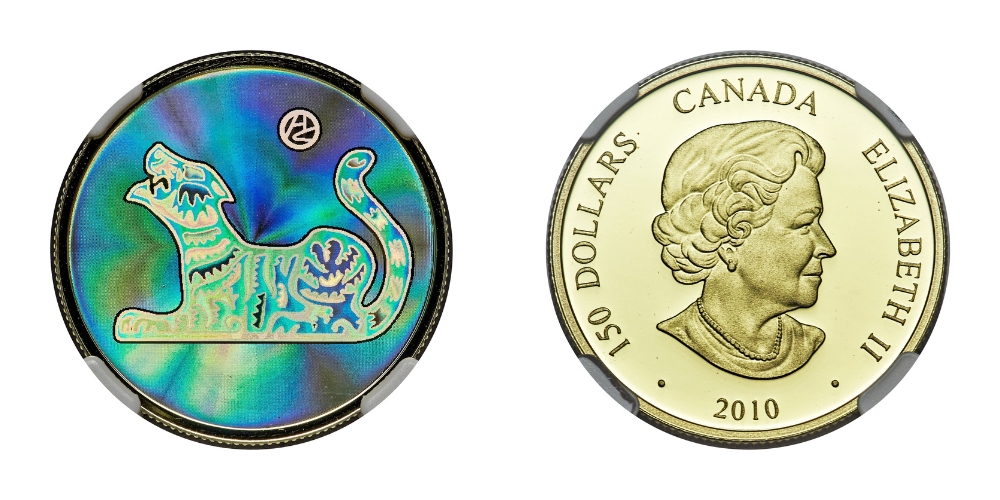
A typical turn-of-the-millennium coin: holograms were all the rage around the year 2000—here on a Canadian gold coin. Photo: Heritage Auctions.
A major concern leading up to the millennium was the so-called “Y2K bug.” Many feared that computer systems would fail when the date rolled over from “99” to “00,” sparking warnings of power outages, plane crashes, and a potential global economic crisis. Governments and businesses spent billions to address the problem, while some individuals stockpiled supplies in preparation for the worst—only for nothing significant to happen on 1 January 2000.
Looking back: Cultural Identity
The year 1999 was also a time of reflection on the 20th century’s achievements and tragedies—technological and scientific advancements such as space exploration, computing, and medicine, alongside darker chapters including two world wars, the Great Depression, and the Cold War. Cultural, societal, and political transformations added to this period of contemplation.
Mexico’s Banco de Mexico issued coins illustrating the country’s pre-Hispanic, colonial, and modern history. These issues displayed both the years 1999 and 2000.
The imminent introduction of the euro and the farewell to national currencies in Europe caused particular nostalgia in Germany. This sentiment drove up the value of the last coin sets of the Deutsche Mark. These sets were the only way to obtain German mark and pfennig coins dated 2000. By then, regular circulation coin production had ceased, and the transition to euro coinage was underway behind the scenes. Today, those last Deutsche Mark coin sets have little demand.
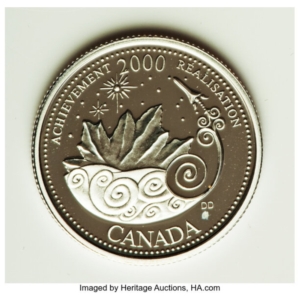
Honouring what was achieved in the last millennium on 25 cent coins from Canada. Photo: Heritage Auctions.
The Past, Present and Future combined: Environment and Sustainability
The Royal Australian Mint produced a series for the millennium that symbolised the past, present, and future. A plant seedling grows into a tree across the three issues, with the ring metal from one coin forming the core of the next. This Australian series captured themes of nature, growth, and sustainability—key topics at the close of the 20th century.
The millennium transition extended beyond mere calendar dates. It became associated with growing globalisation and the rise of the internet. Many hoped for progress in fighting poverty, disease, and environmental challenges. It also marked the emergence of the “millennials” as a new generation with a different outlook on technology and society. Little did anyone know that just a year later, the third millennium would take a turn away from optimism and towards fear with the events of September 11, 2001.
Philipp V. 1597 taler, Wörth.
Extremely rare.
From the Virgil M. Brand Collection.
About extremely fine.
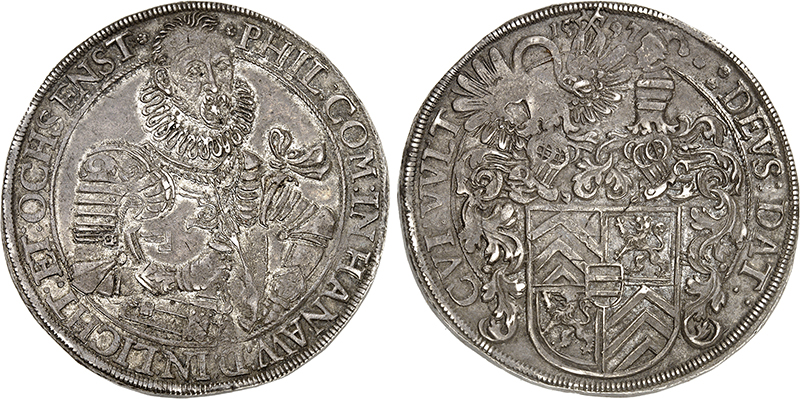

Friedrich Casimir.
1680 taler, Hanau.
Extremely rare. From the Fürstenberg Collection,
from auction Helbing 69, No. 1365.
About extremely fine.
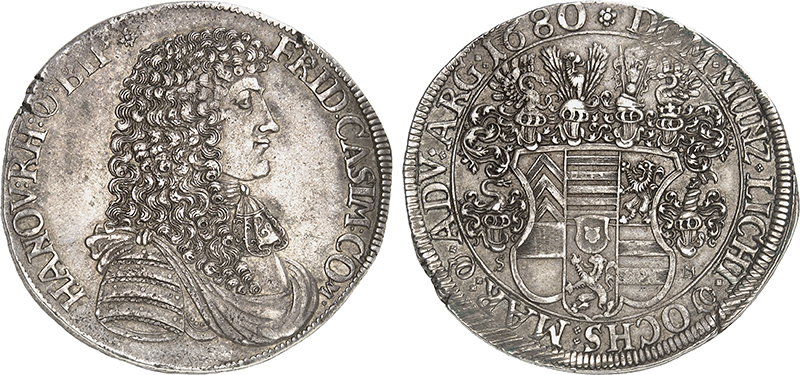
Award medal of the Institution of Civil Engineers.
Gold medal n.d. (established in 1828,
edge legend 1925-1926), by J. S. and A. B. Wyon after
W. Wyon. Rev. Menai Bridge.
Extremely rare. About FDC.
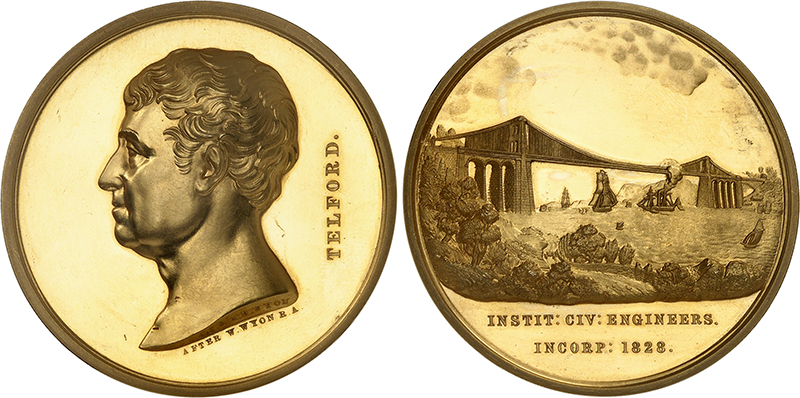
Ferdinand IV.
Wearable 1799 gold medal, by D. Perger.
Extremely rare.
Obv. very fine. Rev. extremely fine.
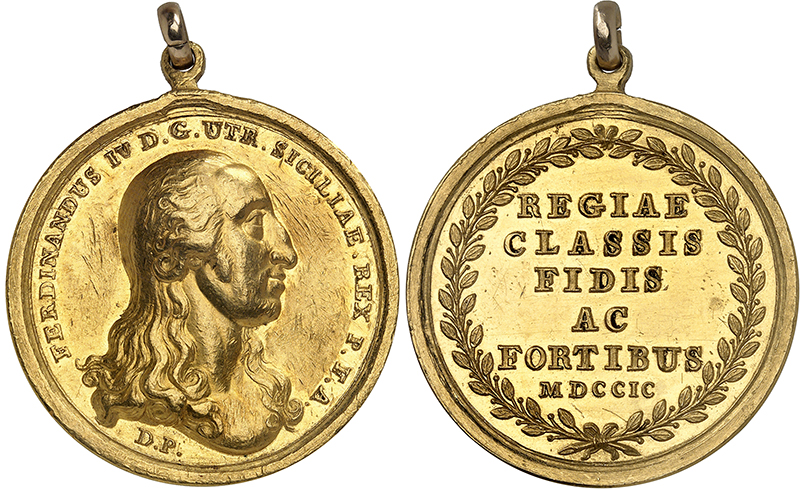
Friedrich III, Albrecht and Johann. Taler
n. d., Annaberg or Wittenberg.
First “klappmützentaler”.
Extremely rare. PCGS VF35.
Very fine.
